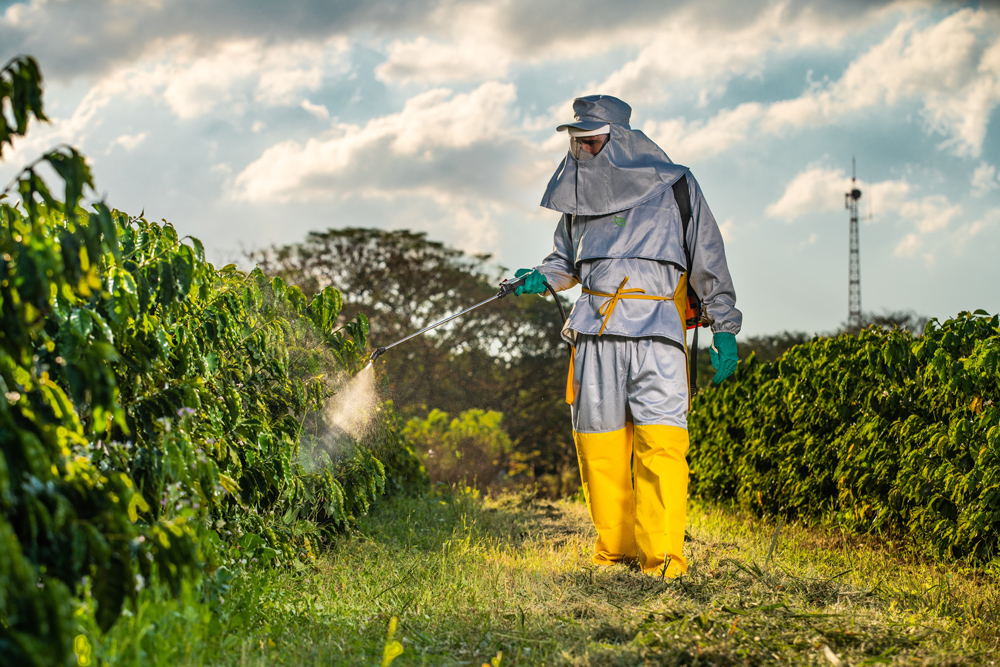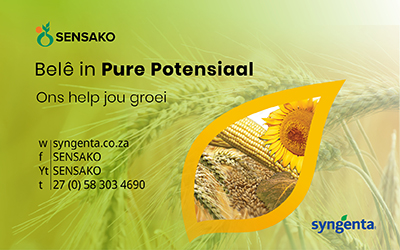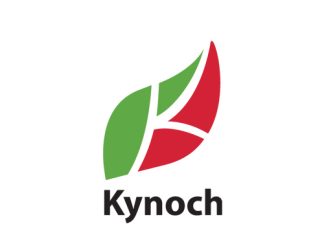
In August 2023, the Regulations relating to Agricultural Remedies were published under the Fertilisers, Farm Feeds, Agricultural Remedies and Stock Remedies Act (Act No. 36 of 1947). As the name suggests, these regulations are specific to the products defined as ‘agricultural remedies’, which include not only conventional chemical pesticides, but any product claiming the ‘destruction, control, repelling, attraction, or prevention’ of a pest organism.
Consequently, even biological products, such as predatory insects, parasitic wasps, plant extracts, entomopathogenic nematodes, bacteria, viruses or even pheromone-based products that make these claims, are regulated under the act and its corresponding regulations. In addition to several new registration requirements, alignment of Act No. 36 of 1947 with several other pieces of legislation, and introducing the concept of substances of concern and low risk remedies, these regulations also introduced the concept of restricted agricultural remedies.
Restricted agricultural remedies are products that are predominantly acutely toxic and may be fatal even after short-term exposure. To be classified as a restricted agricultural remedy, the remedy must fulfil at least one of four criteria provided in the regulations. In summary, these remedies are highly acutely toxic according to either the World Health Organization Recommended Classification of Pesticides by Hazard, or the Globally Harmonised System of Classification (GHS), or is listed in Annex III of the Rotterdam Convention. Additionally, the Registrar has the mandate to include any other remedy that does not meet any of these criteria but shows a high incidence of severe or irreversible adverse effects on human health or the environment. For example, methomyl is included due to frequent wildlife poisonings, paraquat due to its use in suicides, and dichlorvos due to illegal sales resulting in accidental poisonings and death.

Although restricted agricultural remedies were only defined in the regulations in 2023, the requirement for these remedies to be restricted to pest control operators (PCOs) has been included in the Pest Control Operator Regulations since 2011. According to these regulations, employees who perform pest control for their employer on the employer’s property, generally do not need to be registered as a PCO. However, employees who handle restricted agricultural remedies must be registered as PCOs or perform such duties under the direct supervision of a registered PCO (meaning that a registered PCO must be physically present at the time and place where restricted agricultural remedies are applied).
PCOs are regulated under Act No. 36 of 1947 and an application for registration must be submitted to the Registrar of the act. There are various fields of registration which depend on the types of remedies being used and the mode of application. For example, registration in the field of ‘aerial application’ is required to apply agricultural remedies aerially, registration in the field of ‘fumigation’ is required when using remedies that are classified as fumigants, and registration in the field of ‘industrial vegetation’ is required when controlling weeds in industrial settings. In order to apply restricted agricultural remedies on farms, registration in the field of ‘agriculture and forestry’ is required.
To register as a PCO in the field of agriculture and forestry, a person must complete a sufficiently accredited short course and gain experience under a registered PCO in the same field for which the candidate PCO is applying for registration. In some cases, persons with a relevant degree or diploma may be exempted from doing a short course or gaining practical experience, depending on prior knowledge and experience. Additionally, the candidate PCO must undergo a medical examination by a registered health practitioner to ensure they are physically fit and capable of handling restricted remedies without posing a risk to their health. Registration as a PCO is valid for three years, whereafter registration must be renewed. To renew registration, the applicant must demonstrate compliance with the requirements in the PCO regulations, such as proof of continual education, proof of medical check-up, and copies of records to be kept.
Registration as a PCO is only necessary for the end-user of the restricted remedy. Thus, the person mixing and applying the restricted remedy should be registered as a PCO, or conduct these activities under the supervision of a registered PCO. A representative from a supplier, distributor, or agent handling the closed container of a restricted remedy is not required to register as a PCO, however they must ensure that such remedies are only sold to registered PCOs who are sufficiently qualified to use the remedy. Restricted agricultural remedies are also regulated under the Hazardous Substances Act (Act No. 15 of 1973) as Group I hazardous substances. Consequently suppliers and distributors handling restricted remedies must comply with the provisions of this act (e.g., be in possession of a license to trade with Group I hazardous substances, keep a poison register, and store remedies locked away).
Restricted agricultural remedies, together with those remedies classified as substances of concern (posing chronic hazards), are known as highly hazardous pesticides (HHPs). Many countries, including South Africa, are signatories to binding international conventions/agreements that aim to phase out HHPs and replace them with safer, less hazardous alternatives, with South Africa aiming to have all HHPs removed from the local market by 2035. Luckily, the regulations also make provision for the Registrar to prioritise the registration of viable alternatives to replace HHPs, and to expedite the registration of remedies that are considered low risk. It will be up to all stakeholders in the agricultural sector to adapt and proactively seek alternatives to address these gaps, ensuring a thriving agricultural economy and food security.



















